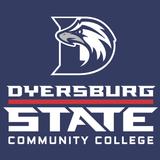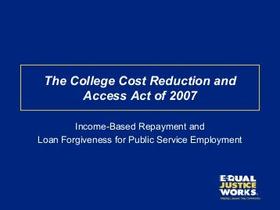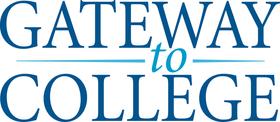School Highlights
Tennessee College of Applied Technology-Ripley serves 197 students (72% of students are full-time).
Minority enrollment is 96% of the student body (majority Asian), which is more than the state average of 45%.
Quick Facts (2025-26)
- Enrollment: 197 students
- Minority enrollment: 96%
- Source: Integrated Postsecondary Education Data System (IPEDS)
School Overview
Tennessee College of Applied Technology-Ripley
(TN) Community College Avg.
Carnegie Classification
Not applicable, not in Carnegie universe (not accredited or nondegree-granting)
Not applicable, not in Carnegie universe (not accredited or nondegree-granting)
Institution Level
Less than 2 yrs
At least 2 but less than 4 years
Institution Control
Public
Public
Total Faculty
n/a
152 staff
School Calendar
Student Body
The student population of Tennessee College of Applied Technology-Ripley has declined by 24% over five years.
The Tennessee College of Applied Technology-Ripley diversity score of 0.57 is less than the state average of 0.65. The school's diversity has grown by 23% over five years.
Total Enrollment
197 students
699 students
Student-Teacher Ratio
n/a
18:1
# Full-Time Students
141 students
426 students
# Part-Time Students
56 students
273 students
# Enrollment Undergraduate
n/a
504 students
# Full-Time Undergraduate Students
141 students
426 students
# Full-Time Graduate Students
n/a
12 students
# Part-Time Undergraduate Students
n/a
335 students
# Part-Time Graduate Students
n/a
12 students
Total Dormitory Capacity
n/a
195 students
% Asian
48%
4%
% Hispanic
n/a
6%
% Black
1%
19%
% White
4%
55%
% Hawaiian
44%
9%
% Two or more races
2%
3%
% Non Resident races
n/a
1%
% Unknown races
n/a
3%
Diversity Score
0.57
0.65
College Completion Rate (Students who graduate in less than 4 years)
69%
60%
College Completion Rate (Students who graduate in 4 years or more than 4 years)
n/a
52%
Average Graduate Earnings (10 Years)
$26,500
$29,000
Tuition and Acceptance Rate
% Students Receiving Some Financial Aid
98%
97%
Median Debt for Graduates
n/a
$11,059
Median Debt for Dropouts
n/a
$5,000
Acceptance Rate
n/a
92%
SAT Reading
n/a
415
SAT Math
n/a
455
SAT Writing
n/a
469
ACT Composite
n/a
20
ACT English
n/a
19
ACT Math
n/a
19
Source: 2024 (or latest year available) Integrated Postsecondary Education Data System (IPEDS)
School Notes
- School Mascot: Eagles
Recent Articles

Community College Success Rates 2025: Outcomes & Trends
Updated 2025 analysis of community college success rates, completion, transfer, costs, enrollment, and strategies that shape student outcomes.

Community Colleges in 2025: Combating Stereotypes with Impact
Updated insights on how community colleges are dispelling myths, growing enrollment, and expanding pathways in 2025.

2025 FAFSA Changes Explained for Community College Students
A comprehensive guide to 2025 FAFSA changes, what community college students must know, new eligibility rules, timelines, and tips to maximize federal aid.






